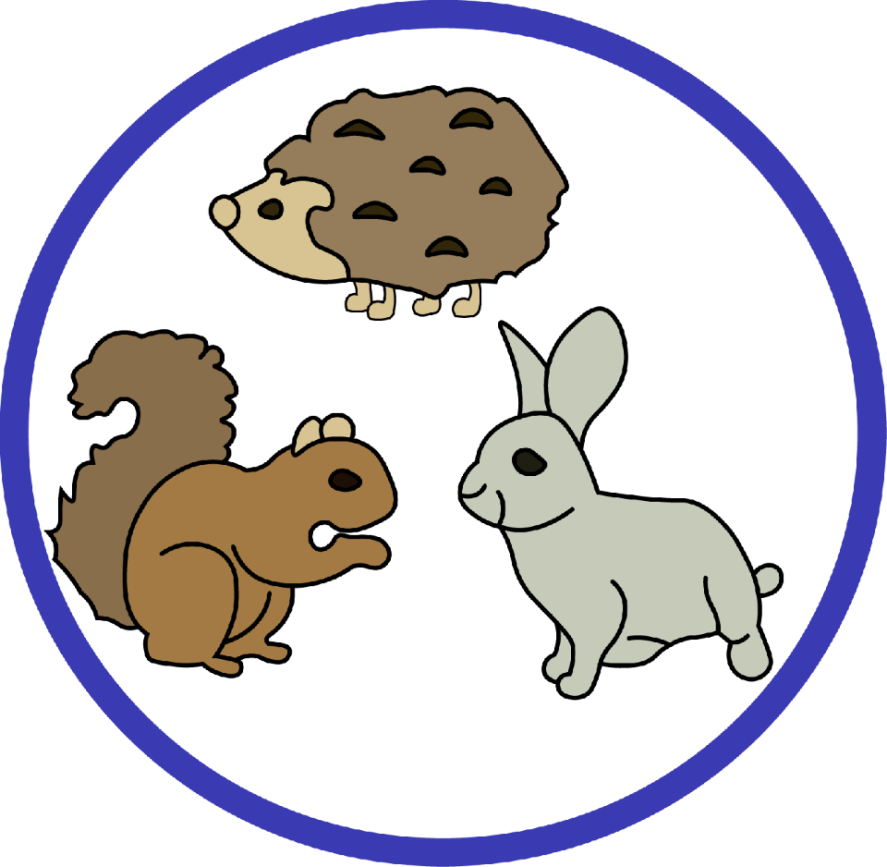Neurodiversity
What does Neurodiversity mean?
Neurodiversity is the idea that all humans vary in terms of the way our brains work.
Neurodivergence
When we talk about neurodivergence, we talk about people who's brains work in a way that is different to that of a neurotypical person. This includes those are autistic, have ADHD, dyslexia, dysgraphia, dyspraxia, tourettes etc. This difference means that the way that a neurodivergent person's brain processes information is different. There are some situations where this may lead to challenges however with the right environment and support neurodivergent people should be able to reach their full potential in the same way as their peers. Focusing on our children's strengths and supporting them to overcome their challenges whilst celebrating all that they are as a person is how we at Kempshott Infant School aim to be as inclusive as we can.
Teaching your child about neurodiversity
If you would like to teach your child more about neurodiversity (whether they are neurotypical or neurodivergent), the following videos are child friendly ways to explore the idea with your children at home.
Neurobears - cartoon to introduce the idea of neurodiveristy to young children.
Amazing things happen - animation about how being autistic can affect a person.
Support Groups
Mrs Gandy runs a support group for parents of neurodivergent children once a term. Keep an eye on the newsletters for dates for the Nurturing Neurodiversity group.
Hampshire Parent Carer Network run regular virtual and face-to-face get togethers for parents of children with SEND. More information can be found here.
Neurodiversity links and resources
Books (all available to borrow from our SEND library – please speak to Mrs Clarke or Mrs Potter for more details)
The Explosive Child – Dr Ross Greene
Avoiding Anxiety in Autistic Children – Dr Luke Beardon
Just Right for you – Melanie Heyworth
Why Johnny doesn’t flap – Clay Morton & Gail Morton
Resources list
-
Autism Education Trust We help children and young people with autism to receive an education, enabling them to reach their potential.
-
PDA Society Pathological Demand Avoidance Society
-
ADHDA child friendly video explaining ADHD
